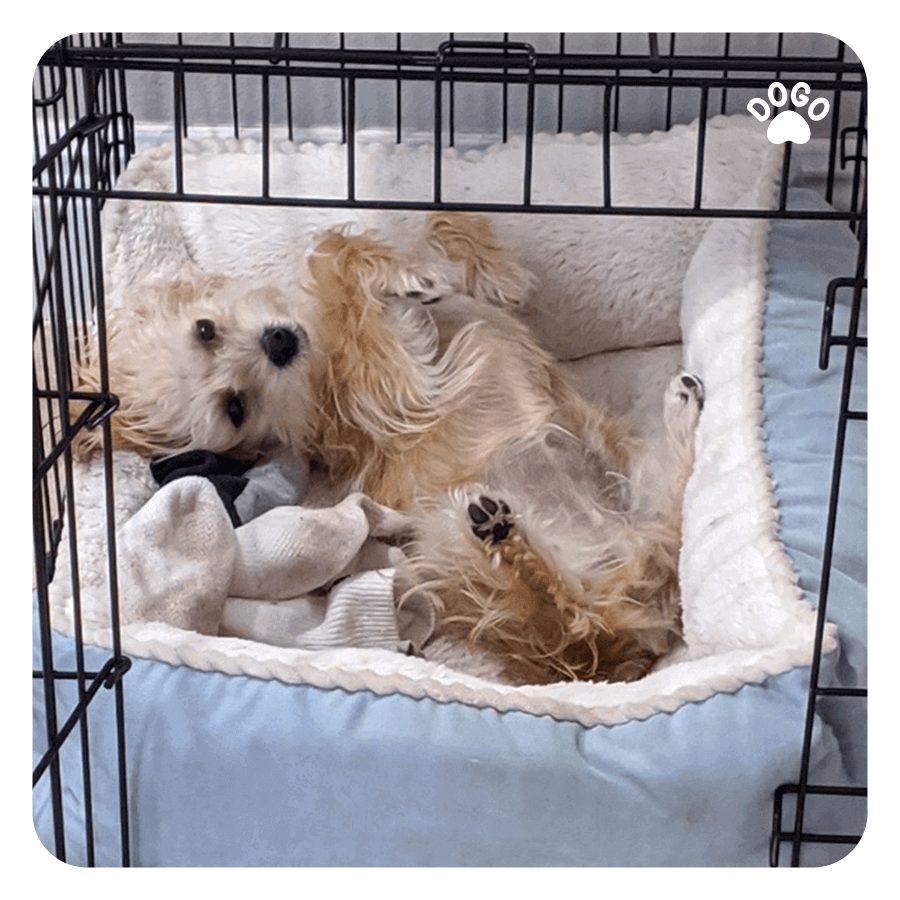
Crate training is an essential tool for housebreaking your puppy and teaching them boundaries. It creates a den-like environment where your puppy can feel secure and comfortable. However, the process of getting your puppy comfortable with their crate can sometimes be challenging, especially during the initial stages.
When it comes to crate training, it’s normal for your puppy to cry or whine initially. Remember, they are adjusting to a new routine and environment, and it’s natural for them to feel a little anxious or unsure. It’s important to approach this process with empathy and patience.
The duration you should let your puppy cry in the crate depends on their age and individual temperament. Puppies have different needs, and some may take longer to adjust than others. As a general guideline, it’s recommended to start with short intervals and gradually increase the duration.
For young puppies, such as those around eight to ten weeks old, it’s advisable to keep the crying periods shorter. Start by leaving your puppy in the crate for just a few minutes, and then gradually extend the time as they become more comfortable. Remember to reward your puppy with praise or treats when they remain calm and quiet in the crate.
As your puppy grows older, you can gradually increase the time they spend in the crate. At around three to four months of age, most puppies can handle being in the crate for about 30 to 60 minutes during the day. However, it’s important to remember that puppies have small bladders and may need frequent bathroom breaks.
It’s crucial to pay attention to your puppy’s behavior while they are in the crate. If they become excessively distressed or anxious, it may be a sign that they need a break or some additional support. Gradually increasing the duration of crate time while ensuring your puppy remains comfortable is key to successful crate training.
Remember, crate training should be a positive experience for your puppy. Ensure that the crate is a welcoming and cozy space, with comfortable bedding and a few toys to keep them entertained. Also, avoid using the crate as a punishment tool, as this can create negative associations and hinder the training process.
The duration you should let a puppy cry in the crate depends on their age, temperament, and individual needs. While some puppies may adapt quickly, others may require more time and patience. The key is to start with short intervals and gradually increase the duration, always ensuring your puppy remains comfortable and calm. Crate training is a valuable skill for your puppy to learn, providing them with a safe space and helping establish a routine. With consistent training and positive reinforcement, your puppy will soon learn to love their crate and see it as their own special den.[/fusion_text]

